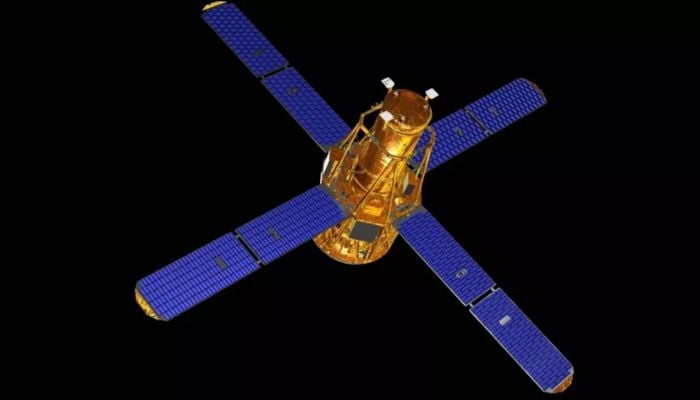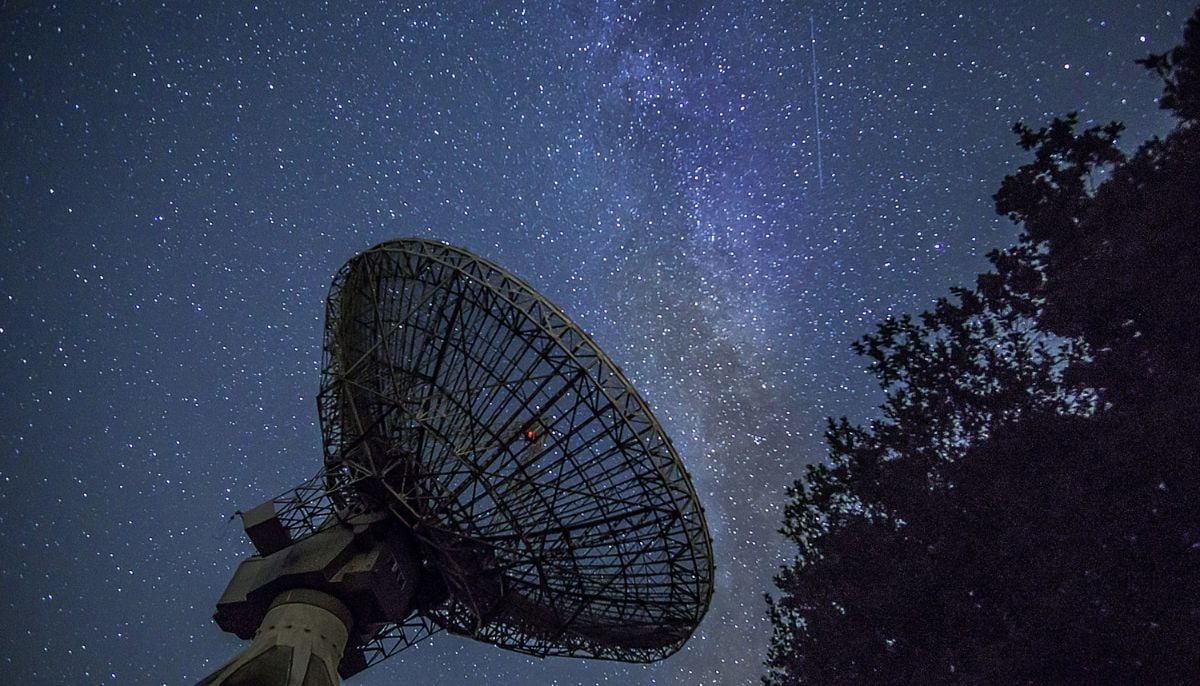Farewell RHESSI: NASA spacecraft to crash down to Earth
Although RHESSI weighs 270 kg but most of its mass will be turned into vapour and ash during the crash
A NASA spacecraft that is no longer functional will make an uncontrolled descent to Earth in the coming days, according to experts.
The RHESSI satellite, which was used to study the sun from 2002 to 2018, is estimated to reenter Earth's atmosphere on Wednesday around 9:30pm EDT, plus or minus 16 hours, as per the latest assessments by the US military.
Although RHESSI has a weight of just 600 pounds (270 kilogrammes), most of its mass will be turned into vapour and ash during its crash. Nonetheless, some parts of the spacecraft are predicted to survive the fall. NASA officials mentioned in an update on Monday (April 17) that the chances of danger to humans are low, approximately 1 in 2,467.
The descent of RHESSI serves as a poignant reminder that Earth's orbit is becoming increasingly congested and perilous. Presently, over 30,000 pieces of orbital debris are monitored by global space surveillance networks. However, there are numerous additional pieces that are too small to track.
According to the European Space Agency's estimates, there are approximately 1 million objects that are 0.4 inches to 4 inches (1 to 10 centimetres) wide orbiting our planet at present. The number of pieces between 0.04 inches (1 millimetre) and 0.4 inches is overwhelming at about 130 million. Given their exceptional velocities, even these small shards could cause significant damage if they hit a crewed spacecraft or satellite.
Objects move at roughly 17,500 mph (28,160 kph) in low Earth orbit where many crafts fly. Collisions in space generate additional space debris, which could result in further collisions in the future. In the event of a Kessler Syndrome cascade, our ability to explore and utilize space could be seriously impaired.
RHESSI was launched to low Earth orbit via a Pegasus XL rocket in February 2002 to examine solar flares and coronal mass ejections using its single science instrument, an imaging spectrometer that recorded X-rays and gamma rays.
"During its mission tenure, RHESSI recorded more than 100,000 X-ray events, allowing scientists to study the energetic particles in solar flares," according to Monday's update from NASA officials. "The imager helped researchers determine the particles' frequency, location, and movement, which helped them understand where the particles were being accelerated."
When it comes crashing down, RHESSI will not be the largest piece of space debris to fall to Earth uncontrollably. In November, for example, the 23-ton (21 metric tons) core stage of a Chinese Long March 5B rocket fell back to Earth about five days after it launched the third and final module for the country's Tiangong space station.
All four Long March 5B missions to date have involved uncontrolled reentries of the massive core stage.
-
Blood Moon: When and where to watch in 2026
-
Elon Musk’s Starlink rival Eutelsat partners with MaiaSpace for satellite launches
-
Blue Moon 2026: Everything you need to know
-
Scientists unravel mystery of James Webb’s ‘little red dots’ in deep space
-
ISS crew of four completes medical evacuation with safe splashdown off California
-
Annular solar eclipse 2026: Here's everything to know about the ‘ring of fire’
-
World’s first ice archive created to preserve fast-melting glaciers’ secrets
-
NASA, DOE to develop Nuclear Reactor on the Moon by 2030












